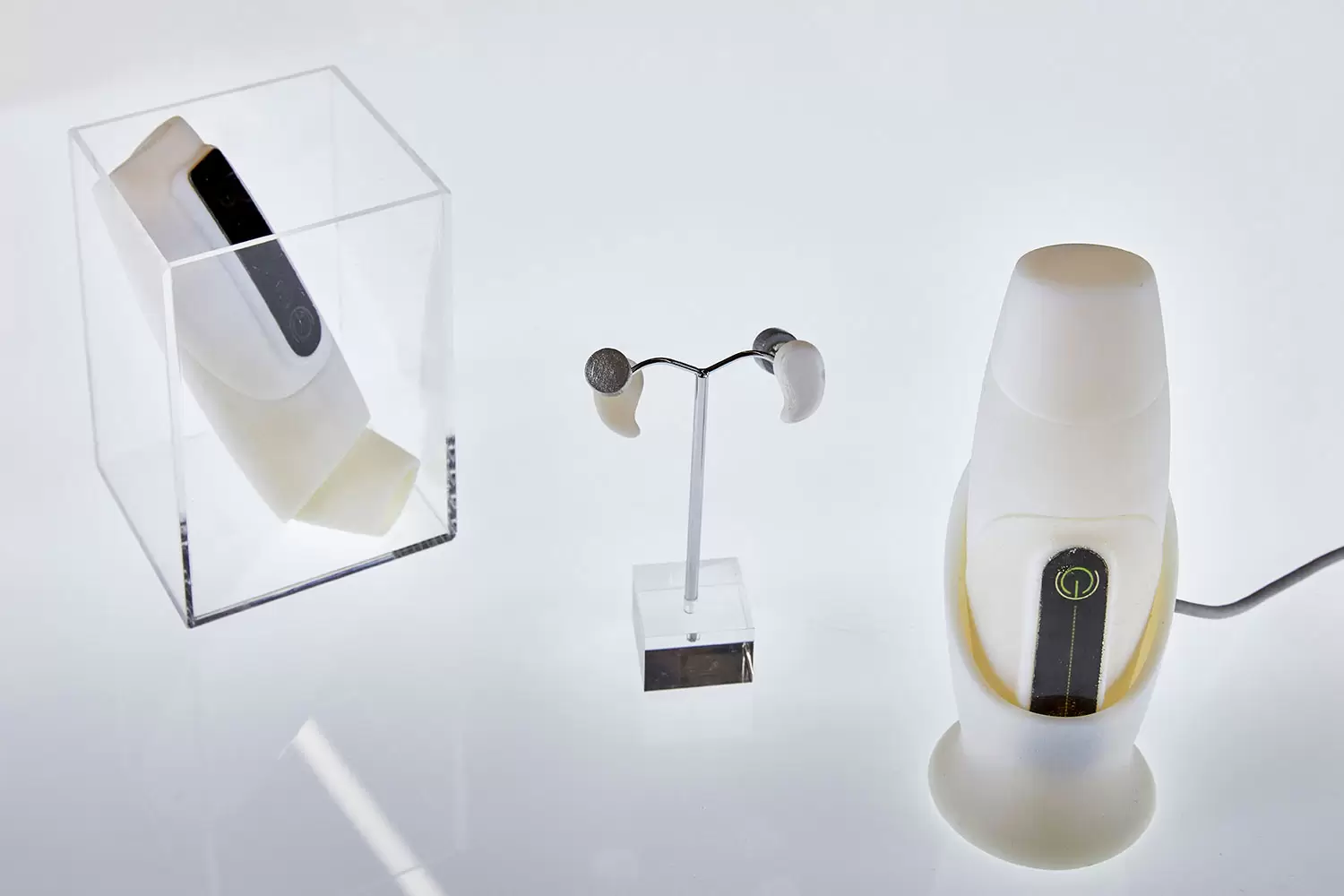It’s a way of life for the millions of people with Type 1 diabetes: one injection to test blood sugar levels, another to inject insulin. A new system could make treatments pain free.
As a child, Frédérique Sunstrüm noticed her grandmother would disappear for a few minutes every so often.
Sunstrüm, whose family moved to Australia from Canada, would return every four years or so to visit. After one of those unexplained trips from the room, Sunstrüm had to ask what the deal was.
“When I was very young she brought me into her room and said, ‘This is what I am doing,’ after I asked her, ‘Where do you go?’” Sunstrüm told create.
“She showed me that she finger pricks, and then she injects the insulin, and she let me have a go … It really hurt as a child. That shocks you.”
Triple threat
It’s a way of life for many with Type 1 diabetes: one injection to test blood sugar levels, another to inject insulin. According to the World Health Organization, the total number of people with diabetes in 2014 was 422 million, and it was the seventh leading cause of death in 2016.
A clever approach to the widespread disease – which is also responsible for an estimated quarter of all hospital beds occupied – has won Sunstrüm two prestigious pieces of recognition this year.
First was winning gold in the Next Gen category at the Australian Good Design Awards. And this month, Sunstrüm’s solution was selected by Dyson engineers from thousands of finalists for a place in the International Top 20 in the James Dyson Award international shortlist. (Sir James Dyson himself will select the overall competition winner and two runners up, and announce these on 14 November.)
Sunstrüm’s invention, Continuity, combines an ear clip designed to provide 24/7 monitoring of blood sugar levels, an inhaler to deliver insulin, and an app that delivers alerts to the user and their family.

The inhaler uses orally delivered insulin mist developed by Generex Biotechnology. Both the inhaler and the ear clip are made of high-impact polystyrene that has been low-pressure injection moulded. The inhaler features a fingerprint-activated solenoid in the childproof system.
The ear clip adapts the needle-free blood sugar monitor, Glucowise, which uses low-power radio waves that are passed through skin and analysed.
The app addresses the nightmare scenario of a diabetic entering a coma while sleeping.
“A problem worth solving”
The project was started in the final year of Sunstrüm’s industrial design degree, beginning with the monitor and the other two elements added later.
“I was looking at what the devices they have today were, and nothing was noninvasive. I thought that was unbelievable,” she said.
“They were saying that it’s the best time to be a diabetic today: with the catheter needle sticking in one side of your tummy, and then the other side is the glucose monitor needle sticking into your tummy.
“I thought, ‘that’s the best time to be a diabetic?’.”
Many emails have come in following the latest award asking when the system will be available, but Sunstrüm said there’s still some way to go. As the Good Design Awards jury commented: “We encourage further development of this concept in order to further explore the technical feasibility and commercial viability.”
The inventor said it wouldn’t be cheap to carry out the research and development and approvals needed to reach the market. She’s open to ideas and enquiries.
“In the end, I hope that someone will take on this project and either help me or really just take it on and try to develop it,” Sunstrüm said.
“There’s so many people out there that just want something like that, which is quite amazing to me that there isn’t the solution for it yet. So my whole thing is that I really want to spread the word on this, that this is a problem worth solving.”
